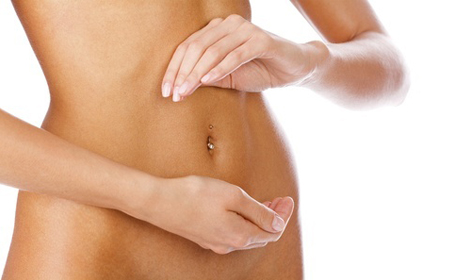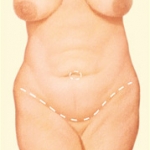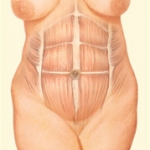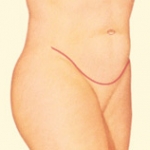In the initial consultation, your plastic surgeon will evaluate your health, determine the extent of the accumulation of fat in the abdominal region, the degree of muscle tone and skin. Do not forget to mention if you are a smoker or smoker, if you are taking any medications or vitamins.
You should expose your expectations honestly and frankly, that your plastic surgeon show you all available alternatives for your particular case, with the risks and limitations of each. In any case, your plastic surgeon will determine with you what the proper procedure.
Your plastic surgeon will also explain what type of anesthesia to be used by the anesthesiologist, hospital stay, the need to enter the clinic where the surgery will be performed, and the costs of the intervention. Also, it will give you instructions on how to prepare for surgery, including guidelines to keep on shooting or suppressing medications, vitamins, iron supplements, food, liquid and snuff.
Make sure also that a family member or companion can take you home when you are to be discharged and, if necessary, can help a few days.




